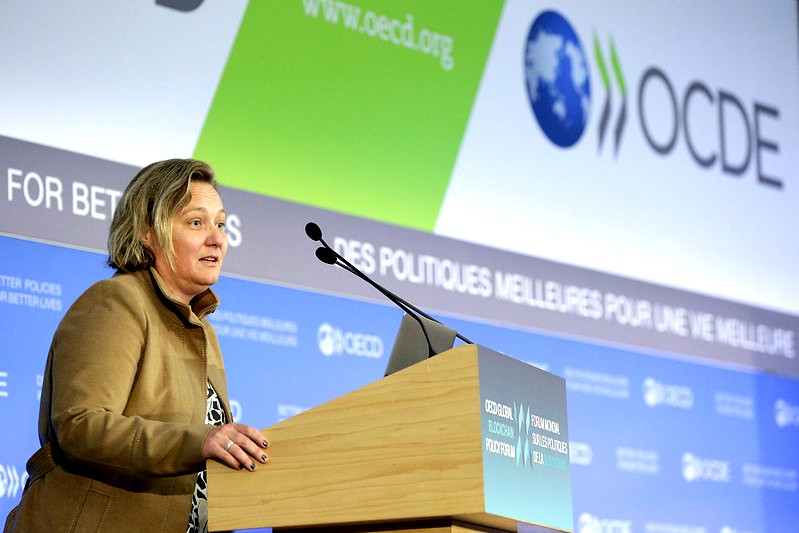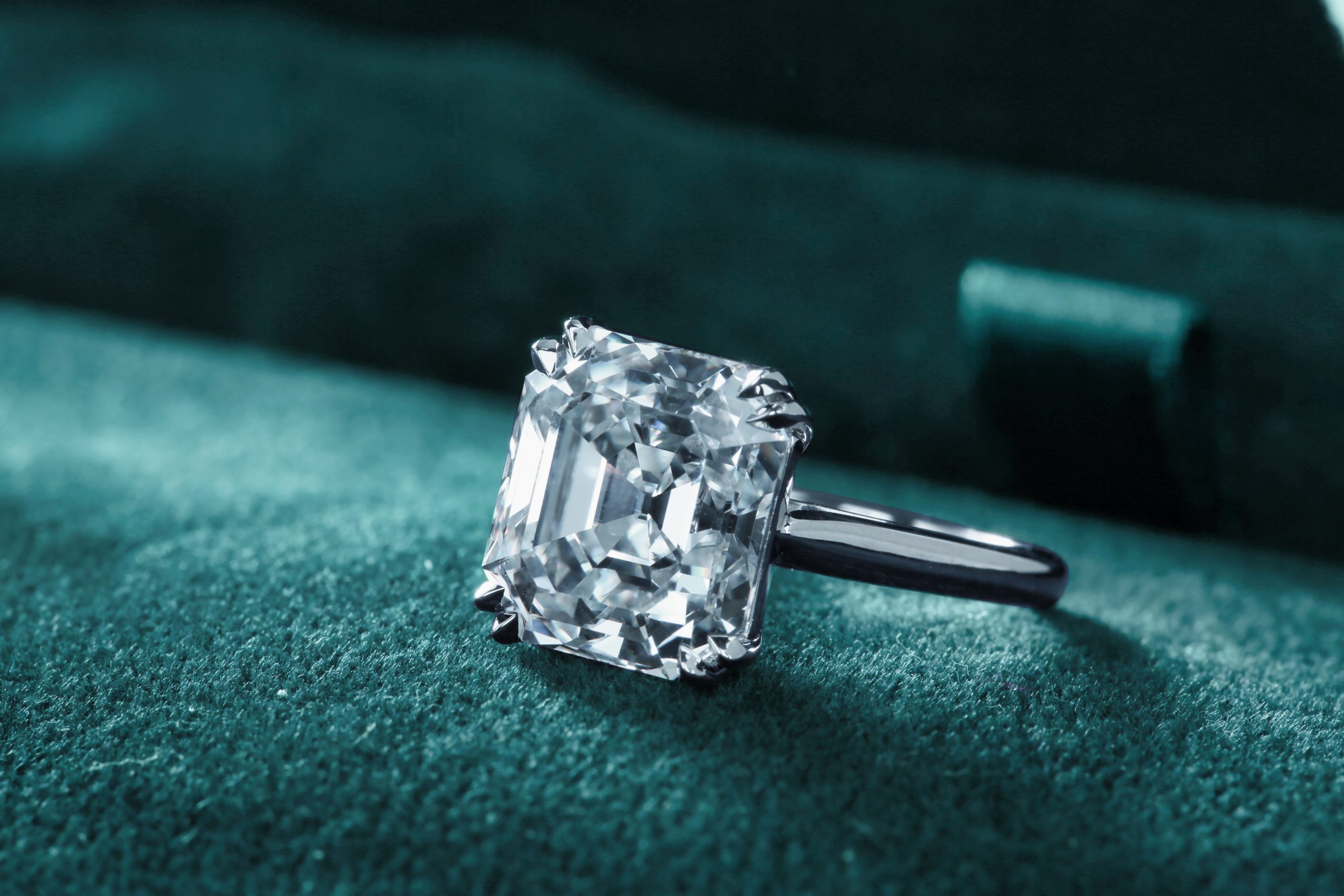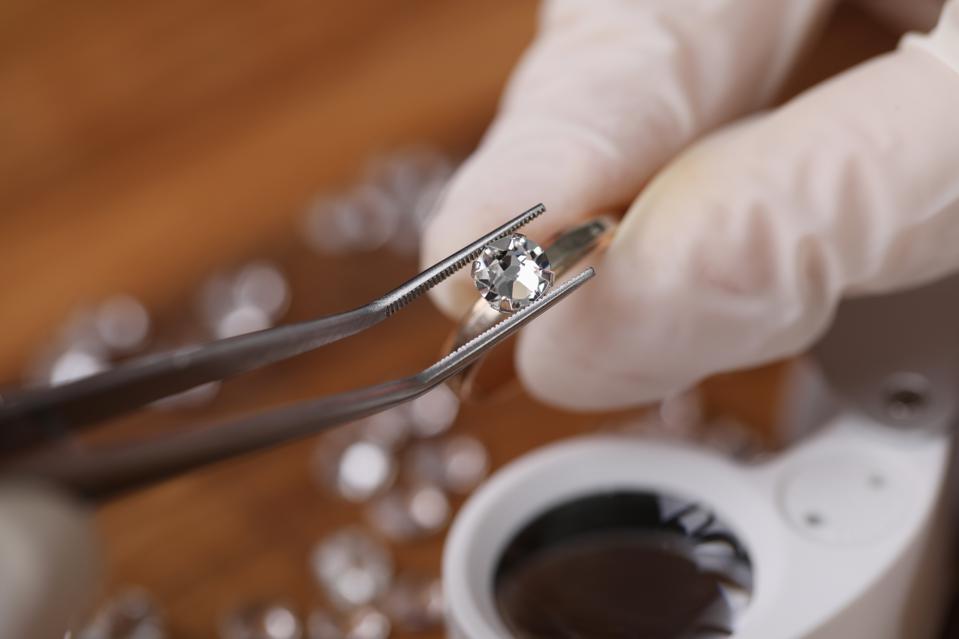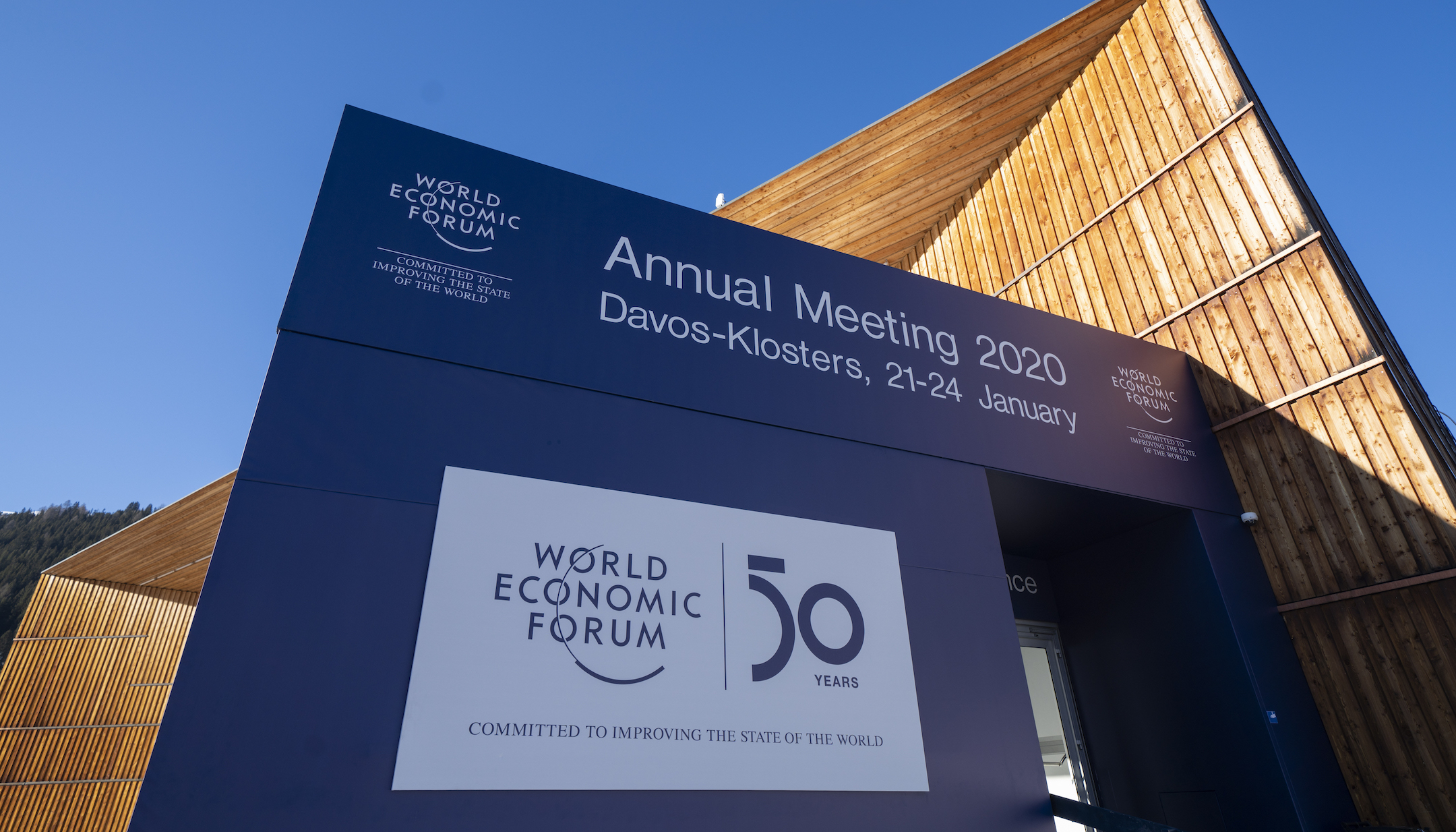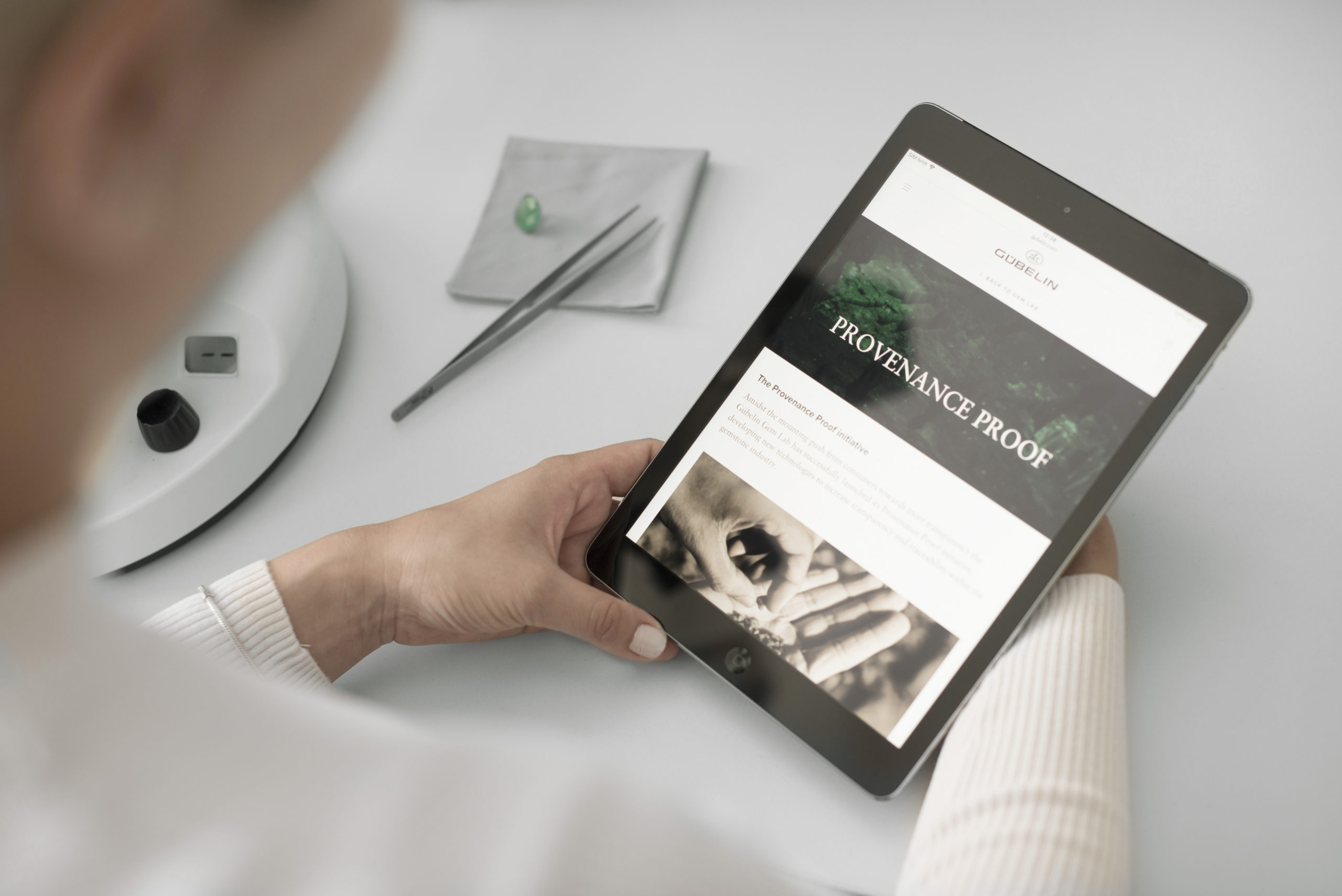Everledger talks to five members of the Young Diamantaires Club, a global network that brings together the next generation of the diamond industry. How did it start? What gets them ticking? What needs to change?
Introducing…
- Rami Baron, third-generation family jeweller and President of the Diamond Dealers Club of Australia.
- Prernaa Makhariaa, a graduate of the GIA and India’s first social media influencer for the diamond industry.
- Ayelet Lerner, a fifth-generation family jeweller, based in the historic Antwerp diamond district.
- Chris Zoettl, a family-owned jewellery retailer based in Munich, and international wholesaler.
- Kevin Vantyghem, a second-generation Canadian wholesaler and active member of the Canadian Jewellers Association.
Rami: Back in 2016, I attended an executive meeting of the World Federation of Diamond Bourses and there was a bunch of old guys like me round the table. I thought we can’t just talk about diversity, then do nothing about it. I wanted to challenge our thinking as an industry, so I launched the Young Diamantaires project later that year at the World Diamond Congress in Dubai. We started as a small discussion group and held some breakfast clubs. The response was fantastic. We have over 300 diamond industry members from all around the world now. The club is run by its members, so I’m happy to take a back seat.
How does it work?
Rami: We communicate on WhatsApp on all sorts of issues, from synthetics and conflict-free to blockchain and e-commerce. There are only three rules. Firstly, members need to be under 45 years old. Next, don’t use our platform as a direct sales tool. Of course, our members can do business with each other privately, but we don’t tolerate spamming. Finally, be respectful. There are plenty of disagreements, which is great. But everybody is super friendly.
What do you like about the club?
Chris: It’s great to have the whole pipeline represented, from artisanal miners and manufacturers to designers, goldsmiths and traditional dealers. The range of views is both interesting and valuable.
Prernaa: You also hear from people from every part of the globe. No matter what the time is, we’re all up for each other. There is a close bond.
How did the club respond to the pandemic?
Ayelet: The lockdown brought the club closer, no doubt. There was so much uncertainty. We didn’t know how or when the pandemic would ever end. Would people actually want diamonds again? Or would their priorities change, especially with the economic downturn? Couples were postponing their engagement wedding plans. It was a scary time.
Prernaa: In India, there were a lot of bad news stories: major logistical issues, rough sales stalled, factories closed, shipments delayed. Having a peer network that allowed us to sound off was really important.
Kevin: The diamond network is fairly small in Canada, so being connected worldwide was a real boost. What was everyone else going through? How were they dealing with customers and suppliers? I was grateful to have like-minded people just a few clicks away. I remember talking to Chris in Germany after lockdown ended, which was sooner than in Canada. He had some positive feedback that shoppers were coming back. That gave me a lift.
Chris: In March, when we had to close the store, I almost cried. Then, on April 28th, we opened up again and within the first half hour, a guy came in and bought an engagement ring. July ended up being our third best month of all time. In a time of crisis, people return to their values. Expensive vacations or new iPhones don’t last like a diamond. If you ask somebody about their jewellery, they will always touch it and tell you the story behind it. That tactile connection is timeless and irreplaceable.
What is the difference between old and young diamantaires?
Rami: For many decades, the industry was a closed shop. Dealers guarded their suppliers jealously and did business within limited circles. Don’t get me wrong: diamantaires are traditionally very trustworthy to one another. A handshake or a scribbled note on a piece of paper could be worth millions of dollars. But they don’t project that trust to the outside world. I think that younger diamantaires are more open with their relationships. It’s harder to turn a profit nowadays, so you need to have a wider network of suppliers.
Chris: I’d say we are quicker to refer suppliers and give recommendations than our predecessors. There is less competition in that respect, because you also get favours in return. We don’t have the same fear that somebody is trying to pinch our business.
Ayelet: The diamond industry is known for having a tremendous amount of boards and organisations and associations, which are mostly led by older men. These organisations do important work, but they are also an obstacle to change. Young people tend to bypass them, because that’s not a format that works for us. We want to collaborate to get stuff done.
Rami: This new generation is more accepting of differences, such as gender acceptance.
Kevin: There was a certain mystery about our industry for a long time. Young people want to bring those walls down. Keep the internal trust, but open ourselves up to outside scrutiny. The vast majority of businesses are medium to very small companies, and typically family run. The club helps to bring these smaller groups together. I’d say that some of the boards were created by bigger companies that were watching out for themselves.
Ayelet: As a club, we are still a long way from making any real change. At the moment, we are a support network rather than a campaign group.
Kevin: But hopefully our voice will grow in the future. At the start, people maybe thought we were a bunch of crazy kids. What do we need them for? Their turn will come in 20 years, when they replace us on these boards. But I think we are starting to attract attention. We are receiving support. It’s exciting to see the momentum gather.
Is there a generational divide on technology?
Prernaa: Most businesses in Indian still believe in the touch-and-feel method of buying jewellery, rather than becoming ecommerce savvy. In lockdown, that started to change. Everybody, even the older generation, is now communicating by Zoom. We could start to see a shift in attitudes, if the disruption continues.
Kevin: I think it’s more of a mindset than an age thing. There are some older dealers who actively embrace transparency and the technology behind it. The younger generation are more open to communication, and tech helps in that respect. So, it’s not technology for its own sake, but rather a reflection of changing priorities.
Rami: The next generation are keen to share a different message about who they are as an industry. Young people recognise that provenance is tied to consumer trust. Transparency around origin and the lifetime journey of diamonds is non-negotiable.
What are your experiences of blockchain-certified provenance?
Chris: Provenance can be an effective marketing tool. Think how luxury providers like Ferrari talk about provenance and the role of their craftsmen. They celebrate their stories. Consumers – and retailers – will be attracted to that background story, as long as the romance of the diamond is maintained. At the end of the day, the buyer will trust the retailer more than the technology. If solutions like Everledger can focus on the final 50 centimetres of the pipeline and put something useful in the hands of the salesperson, then they will get a good response.
Kevin: As a wholesaler, blockchain-certified provenance is helpful for vetting manufacturers and suppliers. I’m always looking for the provenance of a stone and I’m happy to do due diligence on behalf of retailers. I take that worry off their plate. So if Everledger can come in and connect the dots more securely with the certificates, that would help me. That would be a good resource.
Rami: But it’s not the blockchain that will secure a deal. Blockchain means nothing to me or my customers. Give me an app with a visual component, then I’m all in.
Ayelet: I agree. Blockchain has to have a nice story to it. When you see the original rough transformed into a nine carat diamond – that’s a pretty story.
Prernaa: Optics are important. People do care about sustainability and conflict-free, but it needs to be well presented. That’s what sets you apart in this industry. Unbox the provenance of the diamond, just like a retailer revealing the beauty of a ring. Build a seamless story that reaches out to the customer. Can you create a beautiful story around every piece that educates each link along the chain?
Discover the Everledger platform here.



